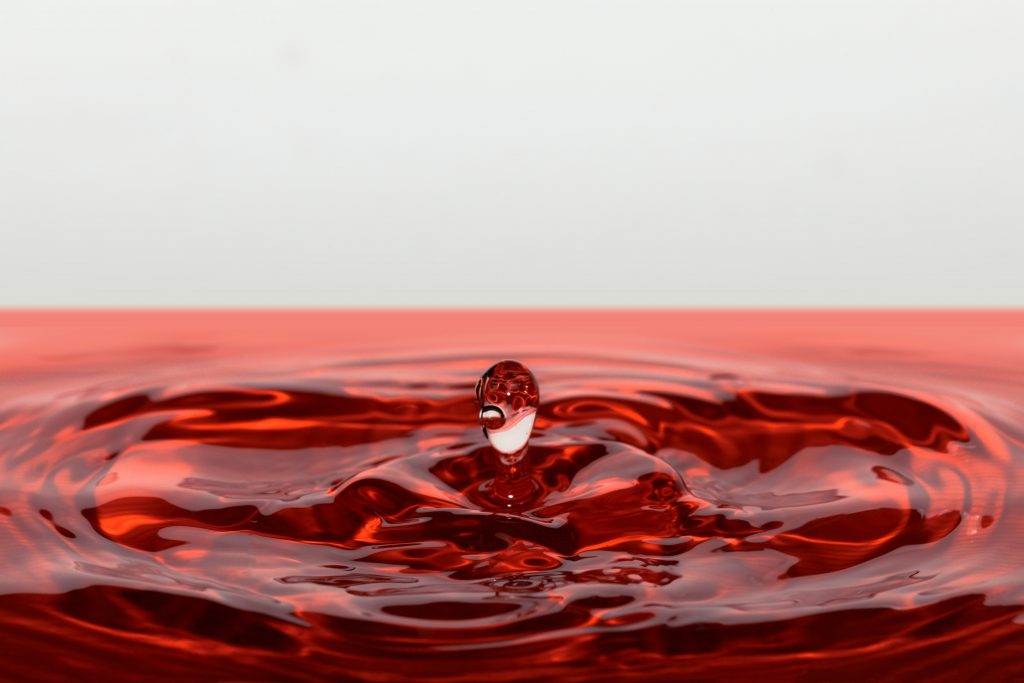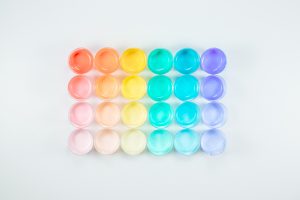Typically lubricants contain 90% base oil (most often petroleum fractions, called mineral oils) and less than 10% additives. Vegetable oils or synthetic liquids such as hydrogenated polyolefins, esters, silicones, fluorocarbons and many others are sometimes used as base oils. Additives deliver reduced friction and wear, increased viscosity, improved viscosity index, resistance to corrosion and oxidation, aging or contamination, etc. Non-liquid lubricants include powders (dry graphite, PTFE, molybdenum disulphide, tungsten disulphide, etc.), PTFE tape used in plumbing, air cushion and others. Dry lubricants such as graphite, molybdenum disulphide and tungsten disulphide also offer lubrication at temperatures (up to 350 °C) higher than liquid and oil-based lubricants are able to operate. Limited interest has been shown in low friction properties of compacted oxide glaze layers formed at several hundred degrees Celsius in metallic sliding systems, however, practical use is still many years away due to their physically unstable nature.

Polymers
HDPE & LDPE
Polyethylene (Polythene) is one of the world’s most popular plastics. It is an enormously versatile polymer which is suited to a wide range of applications



